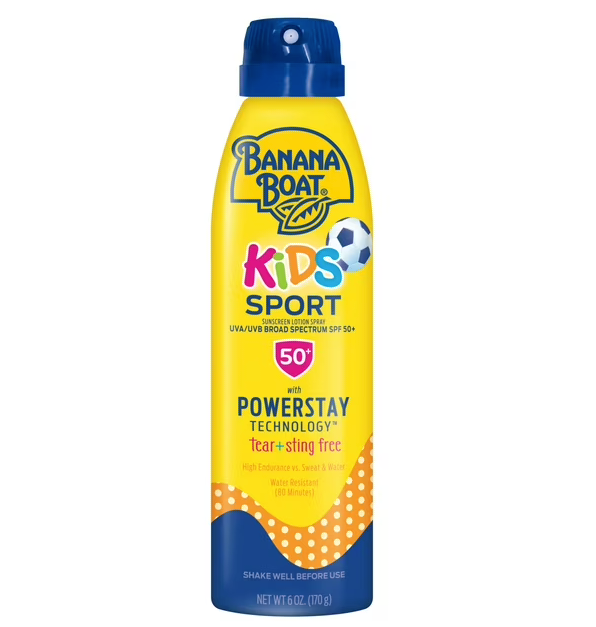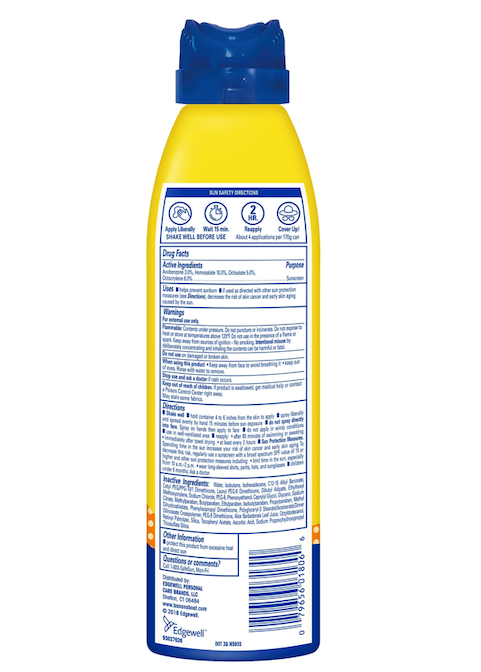What is Titanium Dioxide? Why It's a Powerhouse in Sunscreen
Titanium dioxide might sound like something out of a chemistry lab, but it's actually a key player in many of the sunscreens you know and love—especially mineral-based ones. If you're curious about what it is, how it works, and why your skin benefits from it, you're in the right place.
What is Titanium Dioxide?
Titanium dioxide (TiO₂) is a naturally occurring mineral derived from the element titanium, which is one of the most abundant elements in the Earth’s crust. When refined, it becomes a white, powdery substance that’s widely used in cosmetics, toothpaste, paints, and—most importantly—sunscreen.
Why is Titanium Dioxide Used in Sunscreen?
Like zinc oxide, titanium dioxide is a mineral (physical) sunscreen agent. It works by sitting on top of the skin and reflecting UV rays away, creating a protective barrier that helps prevent sunburn and premature aging.
Here’s why it's a favorite among dermatologists and skincare brands alike:
1. Broad-Spectrum Protection
Titanium dioxide protects mainly against UVB rays (which cause sunburn) and short-wave UVA rays (which contribute to aging and skin cancer). While it doesn't cover the full UVA spectrum as well as zinc oxide, it’s still considered broad-spectrum when formulated properly.
2. Safe and Gentle for All Skin Types
It’s non-irritating, non-comedogenic, and gentle enough for sensitive or acne-prone skin—even for babies. That’s why it's often the go-to sunscreen ingredient in baby sunscreens and sensitive skin formulas.
3. Photostable
Titanium dioxide is highly stable when exposed to sunlight—it doesn’t degrade easily, so it continues to offer protection over time (especially when combined with other ingredients like zinc oxide).
4. Immediate Protection
Unlike chemical sunscreens that need time to absorb, titanium dioxide starts working as soon as you apply it. Great for when you’re on the go or forget to reapply in advance.
5. Reef-Safe
It’s generally considered reef-friendly and doesn’t carry the same environmental concerns as some chemical sunscreen ingredients.
How Does Titanium Dioxide Work?
Titanium dioxide acts as a physical blocker, reflecting and scattering harmful UV rays. It forms a protective layer on the skin’s surface, acting like a shield. While it’s especially good at blocking UVB rays, it's often paired with zinc oxide in formulas to enhance overall UVA protection.
Bonus: Because it’s white and opaque, titanium dioxide also helps brighten and even out skin tone—which is why it's sometimes used in makeup and BB creams with SPF.
What About the White Cast?
Like zinc oxide, titanium dioxide can leave a white or chalky look, especially on deeper skin tones. However, modern formulations now use ultrafine or nano-sized particles that blend much more seamlessly into the skin without compromising safety or sun protection.
Final Thoughts
Titanium dioxide is a trusted, science-backed ingredient that provides powerful sun protection especially when you want a gentle, mineral-based sunscreen. While it may not offer quite the same UVA coverage as zinc oxide, it's still an excellent option, especially when combined with other UV filters.
How is Titanium Dioxide Made?
Titanium dioxide (TiO₂) doesn’t come straight out of the ground in its usable form. It's refined from natural titanium-containing minerals through a highly controlled process to ensure it’s safe and effective for products like sunscreen.
There are two main industrial processes used to produce titanium dioxide:
1. Sulfate Process
This is one of the oldest methods and is still widely used in many parts of the world.
- The process starts with ilmenite ore (a naturally occurring titanium-iron oxide).
- The ore is reacted with sulfuric acid, which breaks it down and separates the titanium from other elements.
- Titanium is then precipitated, filtered, and calcined (heated at high temperatures) to produce pure titanium dioxide.
- The final product is micronized into fine powder—sometimes coated to improve dispersion or UV performance in cosmetics.
The sulfate process is cost-effective and works with lower-grade ores but tends to produce more waste, so it’s being phased out in some regions for environmental reasons.
2. Chloride Process
This is the more modern, cleaner method—often used for high-purity titanium dioxide found in sunscreens and cosmetics.
- It starts with rutile ore (a high-grade form of titanium dioxide) or synthetic rutile.
- The ore is reacted with chlorine gas at high temperatures to form titanium tetrachloride (TiCl₄).
- This is then purified and oxidized with oxygen in a controlled reactor to form pure titanium dioxide.
- Again, the particles are refined, sometimes coated with silica or alumina, and milled into the fine powders used in sunscreens.
This process creates very pure, bright white, and photostable titanium dioxide particles with low heavy metal content—perfect for skincare.
What Does “Coated” or “Micronized” Mean?
After production, titanium dioxide particles are often coated (with materials like silica or alumina) to:
- Improve how they spread on the skin
- Reduce reactivity under sunlight
- Minimize clumping
They may also be micronized or nano-sized so they blend better and reduce that white cast. Importantly, studies show that these particles stay on the surface of the skin—they don’t penetrate into living skin layers.



